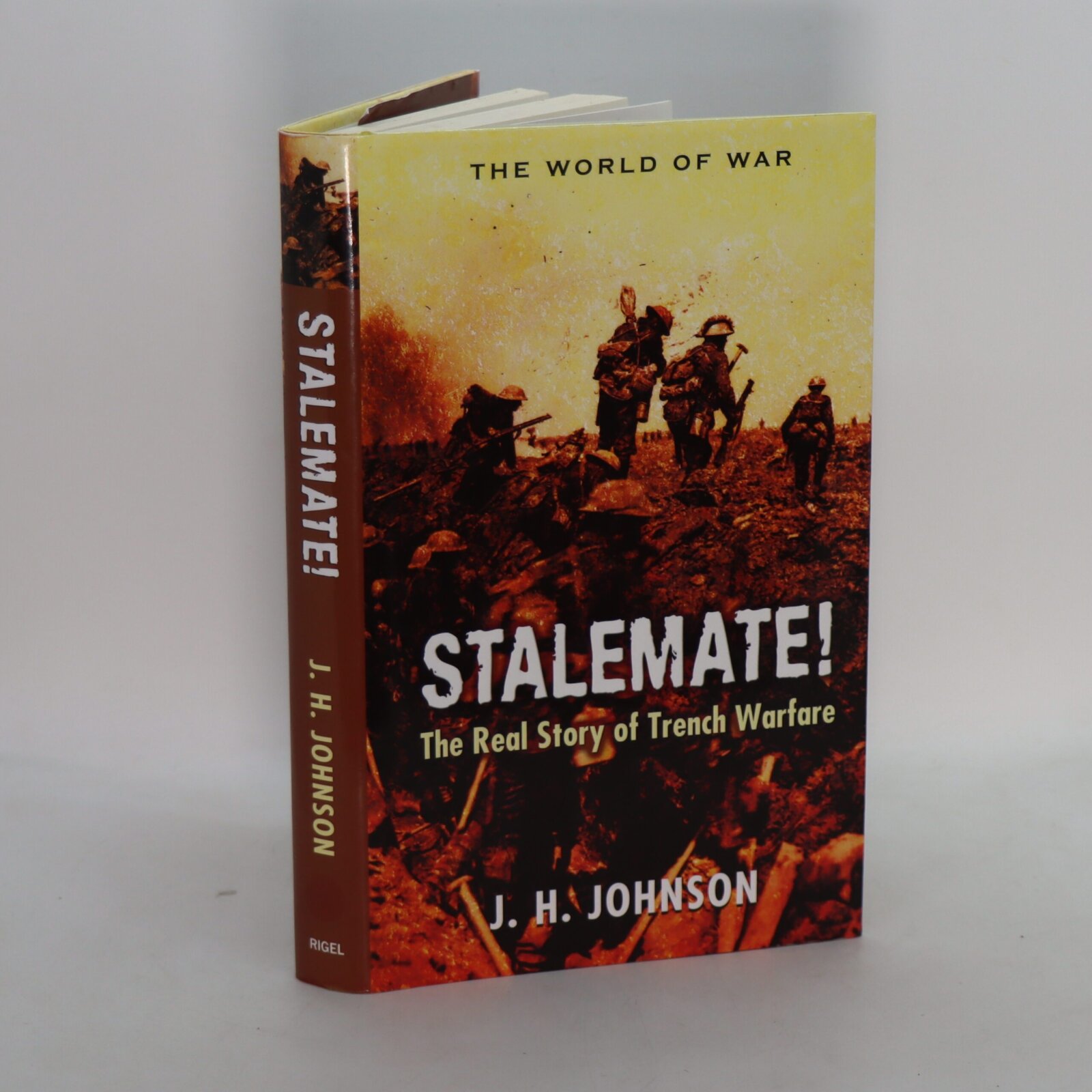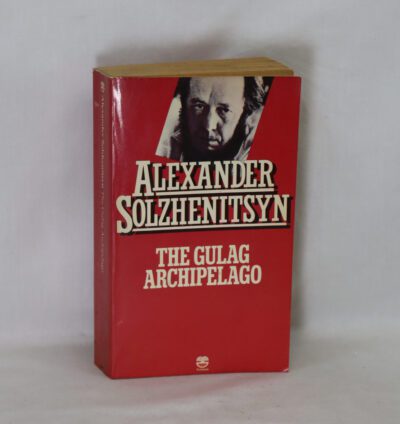Stalemate.
By J H Johnston
Printed: 2004
Publisher: Rigel Publications. London
| Dimensions | 17 × 24 × 2.5 cm |
|---|---|
| Language |
Language: English
Size (cminches): 17 x 24 x 2.5
Condition: Fine (See explanation of ratings)
Item information
Description
In the original dustsheet. Binding the same as the dustsheet.
F.B.A. provides an in-depth photographic presentation of this item to stimulate your feeling and touch. More traditional book descriptions are immediately available.
A good collectable copy.
224pp including bibliography and index Photographs Maps The story of the true horrors of the Great War-the catastrophic offensives and tragic errors that led to the brutal deaths of thousands of brave soldiers sent “over the top” from the trenches of Passchendale, Cambrai and the Somme.
Review: The author has a distinct view of WW1: stalemate. Via descriptions of the famous battles, he attempts to portray the reasons behind the strategy, tactics, and apparent blunders. For example, the volunteer army was considered too inexperienced to try any formation other than walking across ‘no mans’ land in a single row at the Somme. Everybody, including the generals, seemed to be unprepared for this type of warfare. Although the book is not about General Haig much of his decision making was, inevitably, commented upon or mentioned. Hitherto my opinion of him had always been from the “Lions led by Donkey’s ” camp, but some of his main strategic decisions appeared to be correct, eg place of attack. But as a tactical innovator? No! It took Haig until the latter half of 1918 to abandon the idea of the great strategic breakthrough by attacking the enemy at their strongest point. The German ‘stormtroopers’ in 1918 did the opposite and almost won the war. Tactics changed considerably after the final failure at Cambrai and a chapter detailing these could have been useful even if outside the scope of this book. The book rekindled my interest in WW1, and I read it twice.
Want to know more about this item?

Share this Page with a friend











